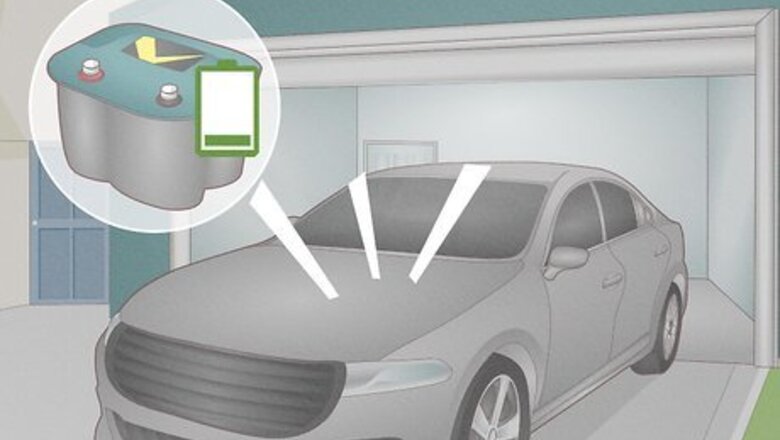
views
Dead Battery
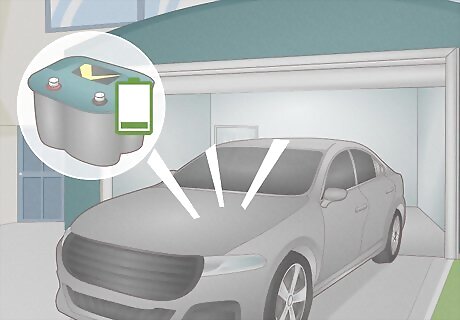
If you left an interior light on or you never turned your headlights off, your battery may have run out of juice. Your vehicle won’t have the electricity it needs to start the engine when you turn the key. Batteries can also die slowly over time as they go bad, and you typically need to replace your battery every 3-5 years. Will my car start at all? Nope. You may get 1-2 starts out of it, but it won’t last. Other Symptoms: The battery warning light comes on, your engine won’t crank (or cranks slowly), your headlights flicker, or your battery keeps dying immediately after starting the engine. The Fix: Jump your vehicle to start your battery if you left a light on. If that doesn’t work, replace your battery.
Bad Battery Connection
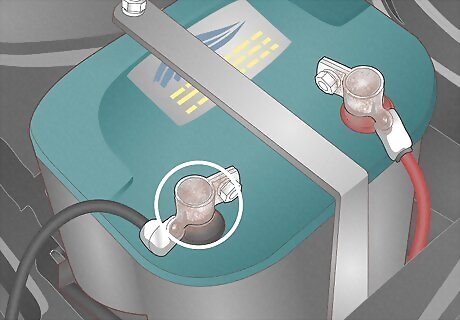
The cables and terminals are responsible for connecting your battery to the other components of your vehicle, so if a cable is bad or a terminal is bad, your car may not start. This issue is usually pretty easy to spot, since there will often be corrosion on one or more of the vehicles. Will my car start at all? Often, yes, although it may take a lot more effort than normal. Other Symptoms: Your car doesn’t start immediately when you crank the engine., the negative battery cable is hot, low battery voltage, flickering headlights, and uneven power. The Fix: Try scrubbing any corrosion off of the battery to see if that fixes things. If it doesn’t, see a mechanic to have them diagnose and repair any problems.
Empty Fuel Tank
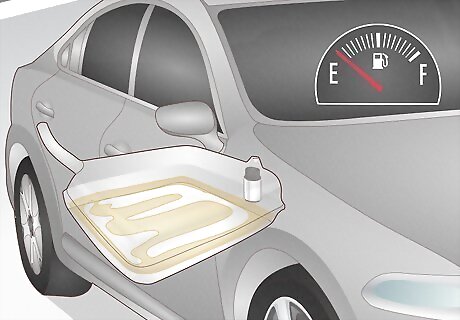
If you forgot to drive to the gas station or your car was already running on fumes the last time you parked, you may simply be out of gas. If you smell gas around your vehicle, it could also be that you’ve got a leak in the fuel line or tank. Will my car start at all? No. Other Symptoms: You hear sputtering when you crank the engine, your car barely starts and then immediately dies, or you smell fuel around the vehicle. The Fix: Go to the gas station and fill up a fuel container to put some gas in the tank. If you suspect you’ve got a leak, have your vehicle towed to the mechanic for repairs.
Car Isn’t in Park or Neutral
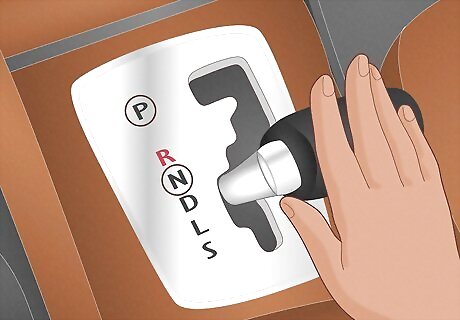
This is probably the least likely “easy” fixes, but it does happen from time to time. If you cut power to the vehicle in gear, it won’t turn back on the next time you crank the key. This is for safety reasons—the transmission will encounter catastrophic damage if you start the car in gear. Will my car start at all? No. Other Symptoms: Nothing. The car won’t start or crank. The Fix: If you have a manual car, you can cycle through the gears with the vehicle off until you reach park or neutral. If you have an automatic transmission, the solutions require a mechanic.
Bad Alternator
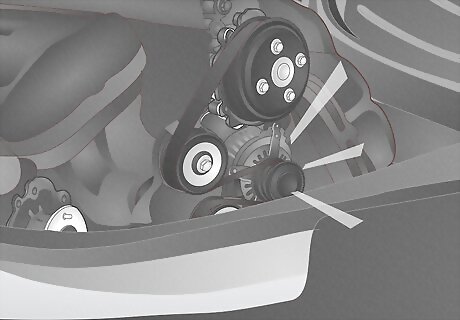
Your battery helps start the car, but the alternator is what keeps the juice flowing after that point. The alternator is a part of your engine, and it converts mechanical energy into electrical energy so that the electrical components don’t die while you drive. But if your alternator is bad, it can interfere with your vehicle’s ability to stay on. This is the key sign of a bad alternator—the car starts but won’t stay on for long. Will my car start at all? At first, yes. If you keep starting the car, it’ll stop starting eventually. Other Symptoms: Your vehicle immediately stalls after you start, your headlights are too bright or dim, your electrical components malfunction, or you hear growling/squealing coming from the engine bay. The Fix: If you’re a gearhead, you can use a voltmeter to check the alternator. You’ll likely need to see a mechanic to change the alternator, though.
Bad Fuse
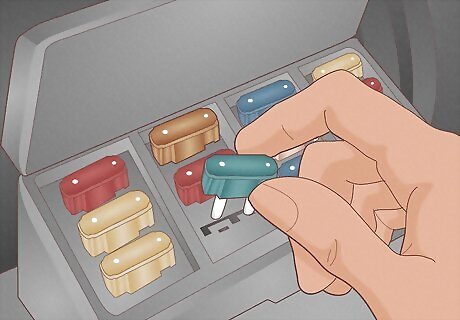
The fuse box for your vehicle is typically located behind the steering wheel inside of the engine bay. Inside, there are fuses that correspond to every separate electrical system in your car. The fuses are designed to prevent short circuits or dangerous levels of current, so if the fuse for your starter goes bad, your starter may cut out automatically. Will my car start at all? Not once the fuse is totally dead, no. Other Symptoms: The vehicle slowly increases in starting time, then dies. After that, your starter will make a clicking sound when you try to crank the engine. The Fix: Use a multimeter to test the fuse in your car responsible for the ignition (refer to your manual to find the fuse). If the fuse is dead, replace it with an identical model.
Damaged Fuel Pump Relay
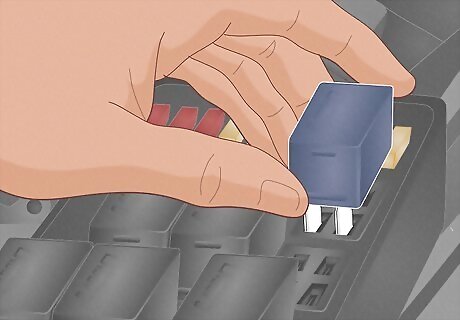
The fuel pump relay is the component that works with your vehicle’s computer to ensure the appropriate amount of fuel is sent from the fuel pump to your engine. If that relay isn’t working correctly, it automatically won’t provide fuel (since an inadequate amount of fuel could lead to a fire and/or you’d run out of fuel). This will keep your vehicle from starting. Will my car start at all? It depends. If the fuel pump relay is totally dead, it won’t start. If it’s only damaged, it should start. Other Symptoms: The check engine light pops on, you have rough acceleration when the car does start, and you don’t hear anything coming from your fuel pump when the car is on. The Fix: The fuel system requires a specialist to work on it, so see a mechanic to have the relay repaired or swapped out.
Ignition Switch Issues
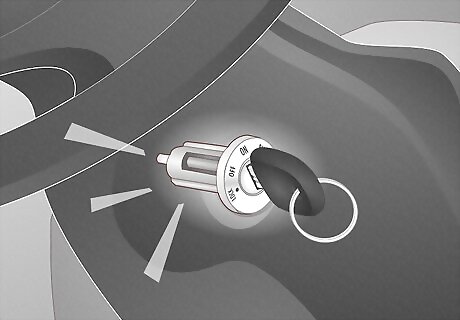
The ignition switch sends power from the battery to the rest of the car when you turn the key in the ignition. It also tells your vehicle where sends its power. In accessory, it ignores the engine components. When running, it ignores the starter motor. If that switch is completely dead, you won’t be able to crank the engine at all. Will my car start at all? Normally, no. However, if it does start, turning the vehicle off will be difficult. Other Symptoms: The big sign is that removing the key from the ignition is difficult. Beyond that, you’ll also notice occasional lighting and accessory issues, or trouble keeping the engine on. The Fix: You can replace the switch if you’re exceptionally handy. Otherwise, see a mechanic to have the switch replaced.
Dead Key Fob
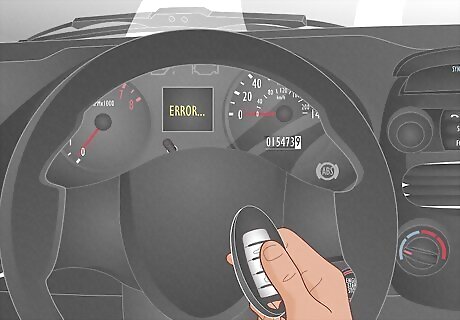
If you have push-to-start, your vehicle relies on a key fob to signal to the start that the car is actually being driven by the owner and not somebody who broke into the vehicle. If your key fob is dead though, it won’t be able to tell the engine it’s okay to kick on and you won’t be able to start the car. Will my car start at all? No, although you should get an error message on the computer screen. Other Symptoms: None. However, most modern vehicles will tell you that there’s no key fob detected when you try to turn the car on. The Fix: Go to your dealership and ask for a new fob. They’ll usually replace these for free or for a small fee. If you happen to drive a Tesla, try putting the key card behind the cup holders. This is where the transmitter is located, and you may be able to turn the vehicle on from there.
Bad Starter Motor
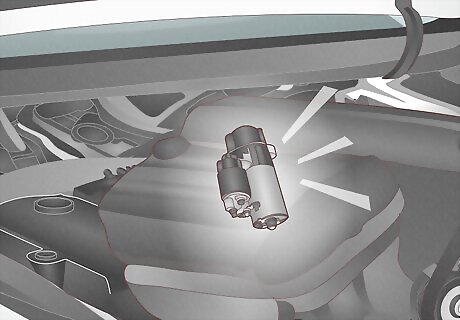
The starter motor is a small miniature engine connected to your motor. When you turn the key, the starter motor engages and cranks the flywheel which turns your engine on. If that motor isn’t working properly, it won’t provide the juice your engine needs to turn on. Will my car start at all? No. Other Symptoms: You hear clicking and grinding when you turn the key, or you see smoke coming from under the hood when you try to start the car. The clicking noise is the classic symptom, though. The Fix: Check all of the cables leading to your starter motor to ensure they’re intact. If they are fine and the problem persists, see a mechanic to get a new starter motor installed.
Dead Spark Plugs
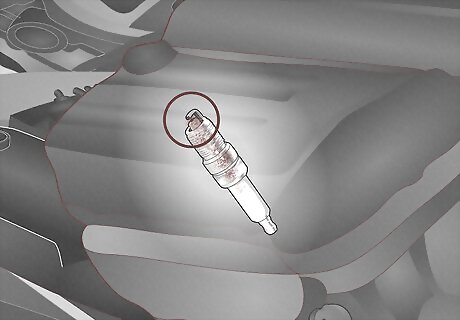
Your engine runs on a combination of fuel, air, and spark—the initial burst of flame that ignites the fuel and air. That spark comes from your spark plugs, and there is one plug in each of the engine’s cylinders. If one of those spark plugs go bad, your engine will misfire and you’ll have a hard time accelerating or maintaining speed. If multiple spark plugs die, you may not be able to start the car. Will my car start at all? Maybe. It depends on how many of the spark plugs are bad. Other Symptoms: The check engine light comes on, it starts to smell like gas inside of the vehicle, and the engine powers on but you don’t have the power to accelerate. The Fix: You or your mechanic need to remove the fuel rail and use a socket wrench to remove the spark plugs from your engine. Then, swap them out for a fresh set of spark plugs. Change all of your spark plugs at the same time. If 1-3 of them have died, it’s a sign that the remaining spark plugs aren’t long for this world.
Torn Timing Belt
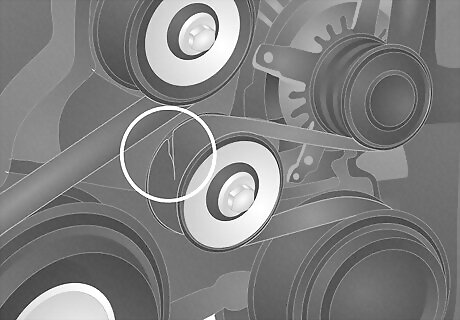
Pop your hood to see if the big rubber band that wraps around your engine is broken. If it is, you’ve got a torn timing belt. The timing belt is responsible for keeping the valves and pistons firing together in tandem, so if it snaps you won’t be able to run your engine properly. Will my car start at all? If it does, that’s all it will do. It won’t really run. Other Symptoms: The engine turns on but you can’t accelerate or move. If movement is possible, it’s extremely stiff and hard to increase your speed. The Fix: This is an easy DIY repair. Purchase a belt for your make and model. Then, loosen the mounting bolts on the tensioner with a wrench. Wrap the new belt around the valves and pulleys, and tighten to tensioner to wrap things up.
Clogged Fuel Filter
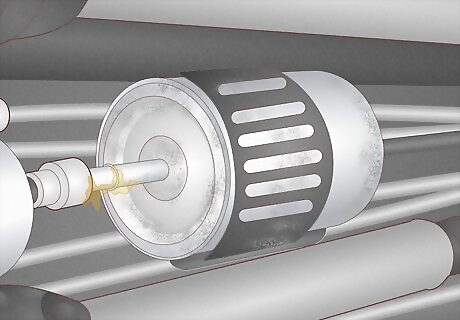
The fuel filter sits in between your engine and the fuel line. It’s responsible for catching any impurities or debris in the fuel to keep it from getting into the engine and causing damage. If that filter becomes excessively clogged, it can keep fuel from getting into the engine. Your car will probably start, but it may not if the filter is extremely clogged. Will my car start at all? Almost always, yes. Other Symptoms: You’ll have sputtering, poor acceleration, and terrible fuel efficiency. If you keep the engine running, the overheating light may illuminate on the dashboard. The Fix: See a mechanic to have your fuel filter replaced. It’s a cheap and easy repair, but it’s best if a pro does it to avoid leaking fuel all over the engine bay.
Bad Distributor Cap
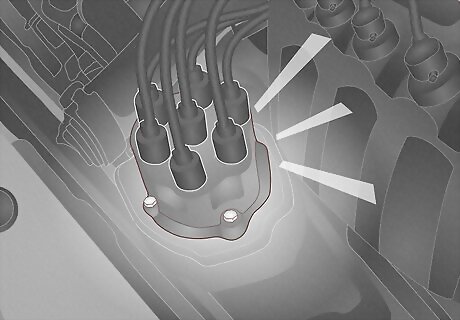
The distributor cap sits on top of the distributor—this is the round component where all of the ignition coil cables meet. The distributor’s job is to evenly issue voltage to the spark plugs, so if the cap on top has gone bad it can cause uneven electrical signals to feed into the spark plugs. This is a pretty rare cause for a car not starting these days, but it can happen. Will my car start at all? Usually, yes. If you drive a car made before 1985 or so, it’s less likely to start. Other Symptoms: Your engine will misfire, the check engine light comes on, and your vehicle will run rough. The Fix: You need a new distributor cap. Since the cap handles some seriously high-voltage components, it’s best to have a professional do this one.



















Comments
0 comment